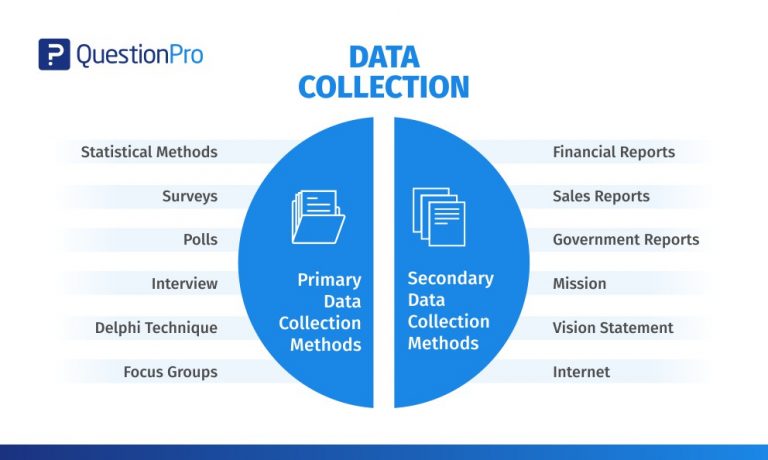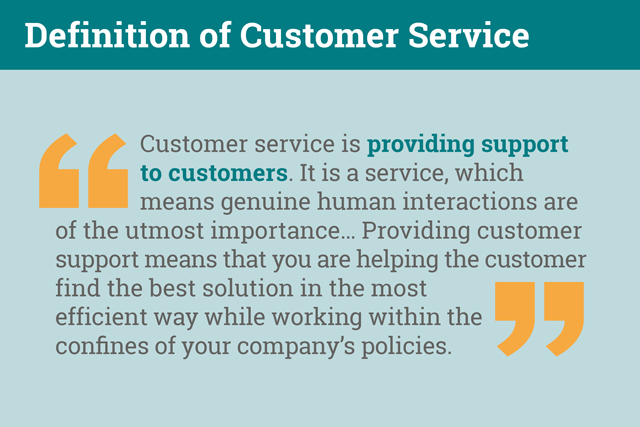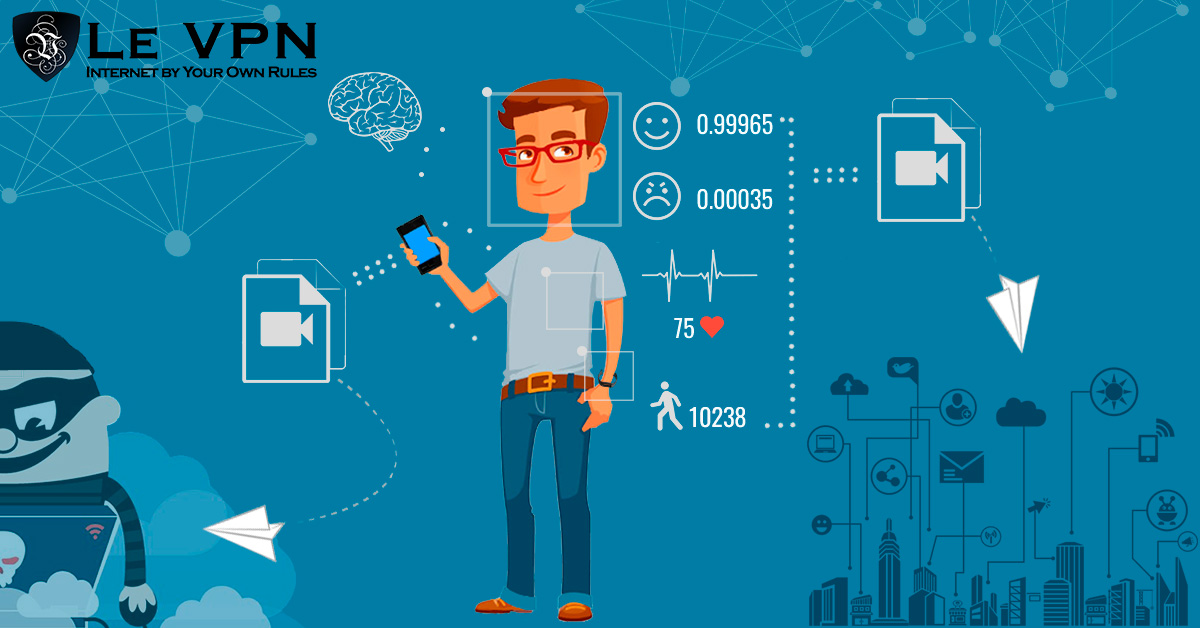One of its most potent qualities is the potential for data to help us better comprehend and respond to customers’ shifting habits. It has been used to address the social aspects of the Covid-19 pandemic’s spread and effects by enabling us to understand human behavior and movement. Businesses initially created many methods for this; in the financial sector, firms have mastered preventing fraud by seeing unusual behavior that may indicate something suspicious.
It is used in marketing to create a “360-degree customer perspective” that aids in identifying consumers who are prepared to make purchases and places goods and services squarely in their line of sight. Data helps us better comprehend the world around us, including the incredibly diverse range of individuals living in it, whether anticipating the spread of pandemics or predicting what people want to buy!
Understanding customer preferences:
Before beginning a business, it is essential to conduct market research to understand your target market. However, once your venture has already started, you shouldn’t stop. Companies should investigate the data to determine the characteristics of their target markets and the products they buy. There will be some categorization that you can do someplace even if there are no demographic-product relationships.
By grouping your customers, you may send them more focused messages when you do. The conversion and click-through rates may rise. As a result, they are generating higher returns on marketing expenditures. In the case of a beauty salon, simply noting down their email address and contacting them with promos is insufficient. If you know the services they want to purchase, you may group them and send five different emails to them so that each person gets an advertisement for their preferred service.
Types of consumer data businesses collect:
The four categories of customer information that firms gather are as follows:
Personal information. This category includes information that can be used to identify you, like your Social Security number and gender, as well as information that cannot be used to identify you, like your IP address, web browser cookies, and device IDs (which are both your laptop and mobile device have).
Engagement data. This type of data describes customer interactions with a company’s website, mobile apps, text messages, social network pages, emails, sponsored advertisements, and customer care channels.
Behavioral data. This group includes transactional information like purchase histories, product usage facts (frequent usage), and qualitative information (e.g., mouse movement information).
Attitudinal data. This information includes measurements for customer happiness, buying criteria, product appeal, and more.
Which client is your best client?
Knowing which consumers are your most valuable buyers is crucial because it will help you concentrate your efforts. Companies frequently refer to the most expensive customers as their Most Valuable People (MVPs). However, you might discover that these clients are the most costly to retain and the least devoted over time.
Big data enters the picture in this situation by computing several variables that assist you in learning more about your customers. Now that you have your personas, let’s calculate the metrics below to know more about them:
How much do your consumers spend on average when they make a purchase? Consider this from each persona rather than just the overall picture. Remember that customers don’t buy based on price; they also believe based on value. Can you increase sales to any of your personas by generating interest in and knowledge of other items through promotions?
Value over time: How much money does the buyer ultimately spend with you? This indicator reveals how well you get along with your clients. How much did you spend on marketing and sales to bring in this particular customer? Let’s hope that you don’t have to pay a lot to keep your clients and that they buy a lot from you if you invest a lot.
What do your customers require from you to stay with you? Do they need a lot of assistance, education, or communication? A client’s acquisition typically costs more than keeping them. Make sure you’re doing everything possible to cultivate relationships with your clients and give them a sense of value.
Customer satisfaction: Do your customers feel happy with your goods or services? Are there distinct categories of satisfied and dissatisfied customers, and how do they differ? Investigating this could point out problems and things that need to be fixed or even make you reevaluate what customers should expect.
Value alignment: Do the people you want to buy from you genuinely do so? Who are your actual core consumers if they aren’t making purchases from you? If it seems like you are not in alignment, this will help you fine-tune your consumer personas.
How do these numbers compare to your prior beliefs about your target audience? Good news if they are still whole. These generated indicators can still be used to classify buyers and fine-tune your targeting.
How are companies using your data?
Companies use consumer data they gather and insights they get from that data in a variety of ways.
To refine a company’s marketing strategy:
Companies that use contextualized data can better understand how consumers interact with and respond to their marketing initiatives and make necessary adjustments. This highly predictive use case helps organizations estimate customers’ want based on past behavior. According to Brett Downes, SEO manager at Ghost Marketing, marketing is increasingly about personalization, just like other areas of consumer data analysis.
According to Downes, it is increasingly crucial to map consumers’ itineraries and personalize them when they move from your website to platforms like YouTube, LinkedIn, Facebook, and other websites. You can effectively market to only the people you know are most likely to engage by segmenting data. These have created new opportunities in previously challenging sectors to sell to.
To secure more data:
Even some companies use customer data to secure more delicate information. For instance, banking institutions occasionally use voice recognition data to permit users to access their financial information or to safeguard them against unauthorized attempts to steal their information.
These systems combine information from a customer’s call center interactions with tracking technologies that can spot and alert users to possibly fraudulent attempts to access their accounts. Catching a con involves less guessing and human mistake now.
Companies will find new and more efficient ways to gather and contextualize data about everything, including consumers, as data collection and analytics technology advance. Businesses must do this to maintain their competitiveness well into the future; neglecting to do so is equivalent to running a race with your legs tied together. In the contemporary business world, insight is king and derived from contextualized data.
To enhance the client experience:
Consumer data provides many businesses with a tool to better comprehend and serve their customers’ needs. Companies may quickly adapt their digital presence, products, or services to better suit the current marketplace by studying client behavior and massive troves of reviews and comments. [View our evaluations of CRM platforms to assist you in managing your customer data.]
According to Brandon Chopp, digital manager for iHeartRaves, businesses use consumer data to personalize decisions for each customer and improve customer experiences.
To better the functionality of our website, Chopp claimed that knowing client data is “our most essential source of marketing insight.” “By developing specialized promos and special offers based on consumer data, our team has enhanced the client experience. Personalization is crucial because each consumer will have their unique tastes.
Data conversion into cash flow:
Businesses that collect data can benefit from it. Alongside the growth of big data, a new business called “data brokers,” or “data service providers,” has emerged. These companies buy and sell client information. Information gathering and selling present prospects for new revenue streams for companies that collect a lot of data.
The value of buying this information for advertising is enormous. Thus there is an ever-growing need for more data. In other words, data brokers may make more money by selling this information to each other and advertising if they can assemble more comprehensive data profiles from a broader range of different data sources.
Predictive analytics:
Understanding client preferences and sentiment is one thing, as was already discussed, but using predictive analytics services can help you go even further. Big Data allows us to start making predictions about future behavior, which will help us mold our marketing practices.
We can determine the cause, such as whether the checkout procedure is excessively lengthy or thousands of visitors to your website are halfway through it before leaving. Since we know this will also be future client behavior, we may make changes and assess if they have had an impact.
Perhaps a pop-up message stating “just two more clicks till your order is processed” can show during the checkout process. In email newsletters, maybe we should promote a “30-second checkout process.” Finding problems with our website, products, and marketing can be made more accessible by understanding how customers interact with them. Knowing when a consumer is about to leave the website can be essential information for some interventions.













